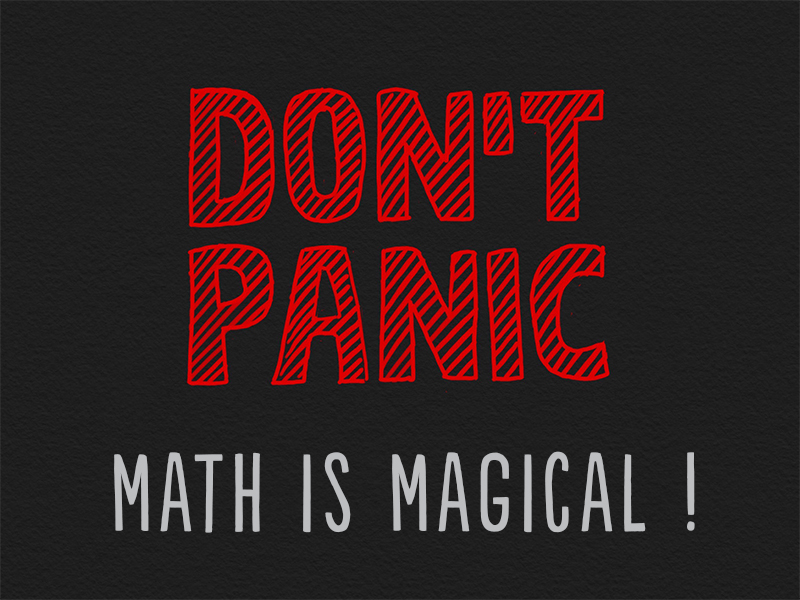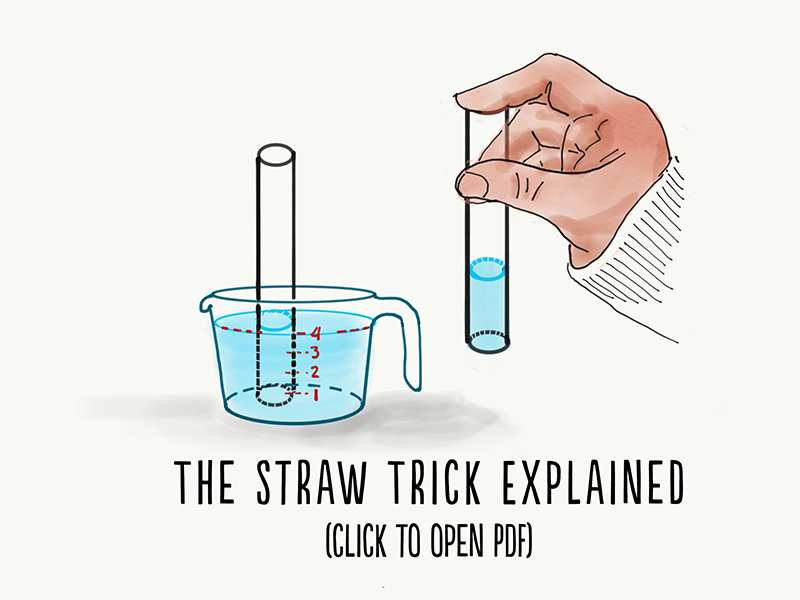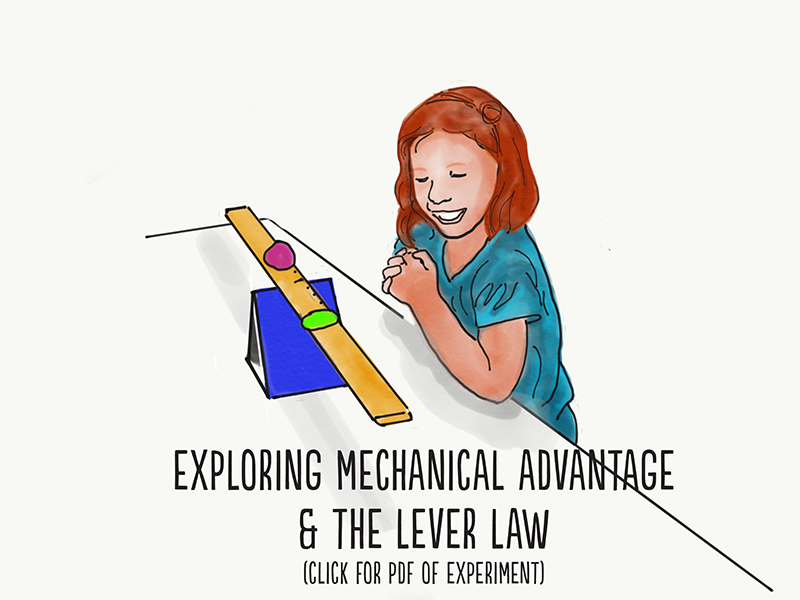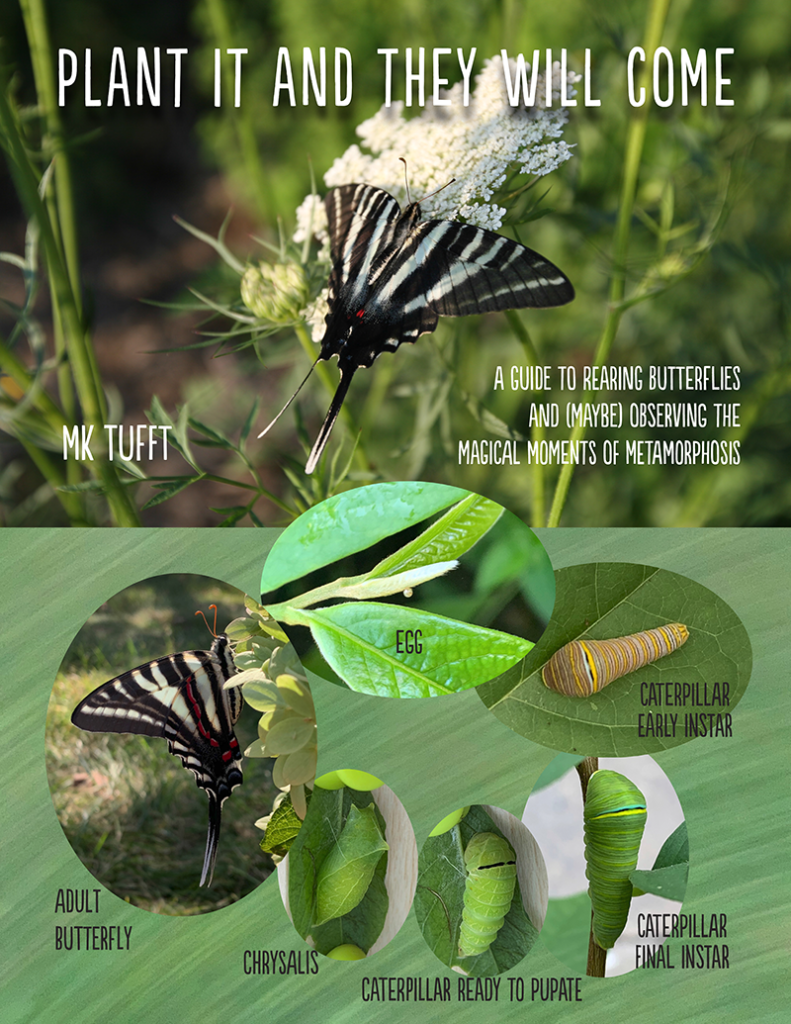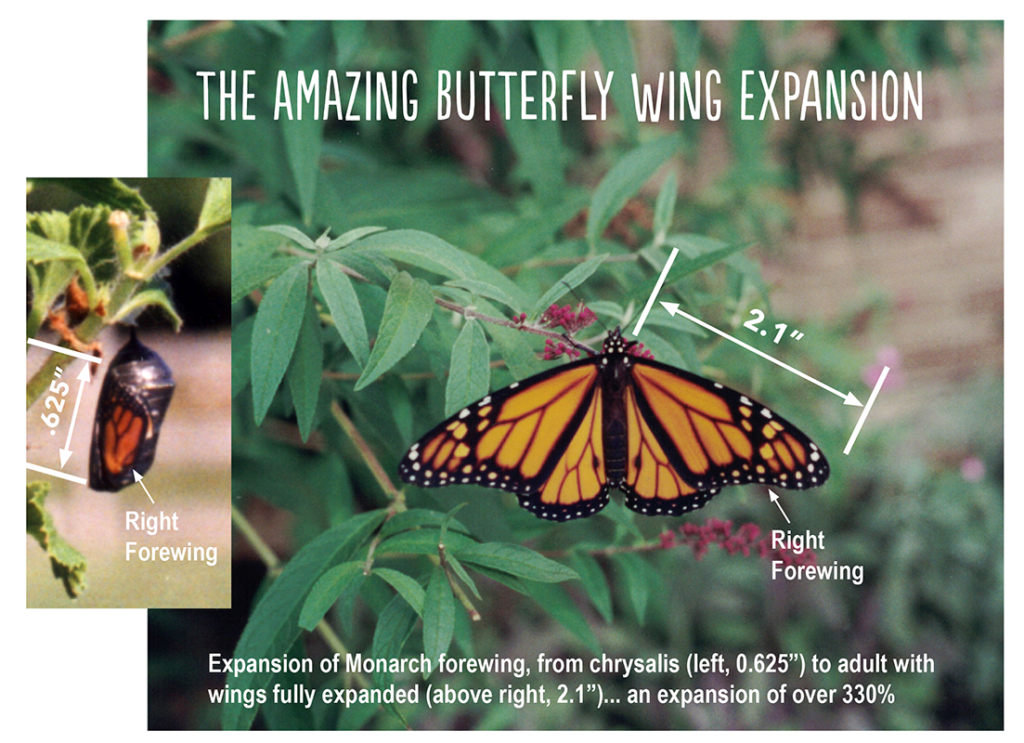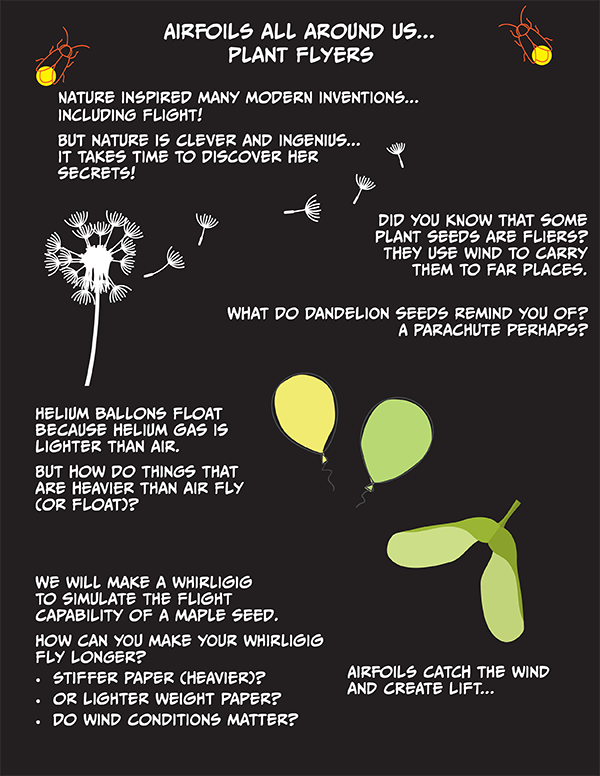STEM
Looking for some experiments you can try at home?
Check out this page – in many cases, you can use items you already have on hand – like building a mechanical calculator using a yardstick. Scroll down to find a list of linked experiment pages with videos, photos and more!
Become a VIP subscriber and receive exclusive STEM content, just for you!
Keep checking beck – more to come!
Math is Magical
Want a glimpse into the magic and power of math? Check out this beam bending experiment. All you need is a plastic knife or a thin wood paint stick to follow along!
The Straw trick explained
How can you hold up a column of water with a straw and your finger?
Is it magic? No, it’s science (with a bit of math)! Check this out to learn more!
Mechanical Advantage & Lever Law
How does mechanical advantage really work? Build a simple mechanical calculator using a yardstick, cardboard fulcrum, and some play dough. (Recipe included to make your own… you just need flour, salt, cream of tartar, vegetable oil, water, and food coloring–optional).
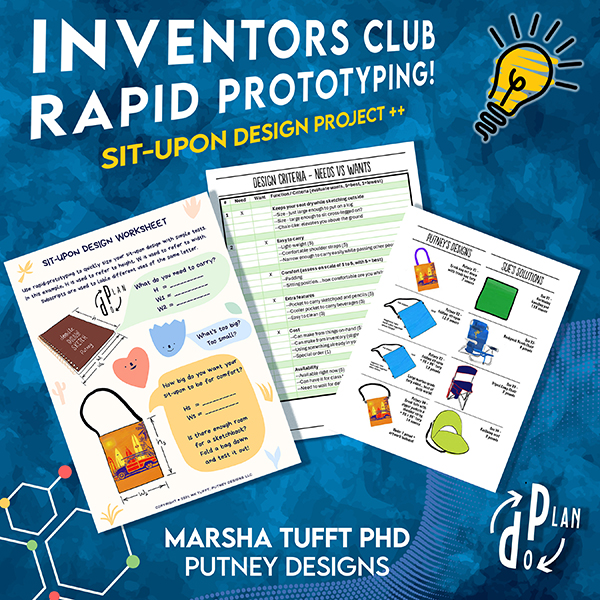
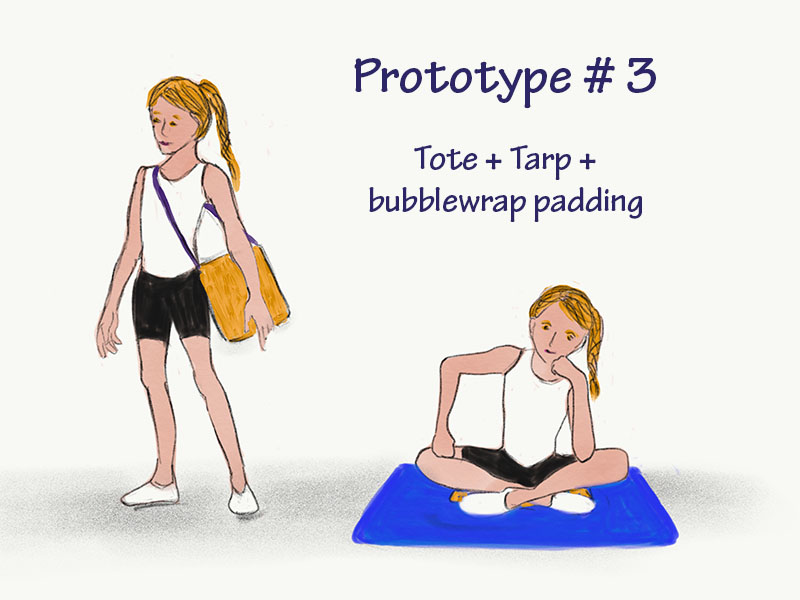
Rapid Prototyping (book 1 project)
Join me in a series of videos on Rapid Prototyping … applied to sit-upon design! You don’t have to be an engineer to learn the process of rapid prototyping, where the goal is to create a Minimum Viable Product, or MVP, quickly, get feedback, and make rapid improvements.
This is the same process I used to come up with a prototype to help save baby sea turtles from artificial lighting!
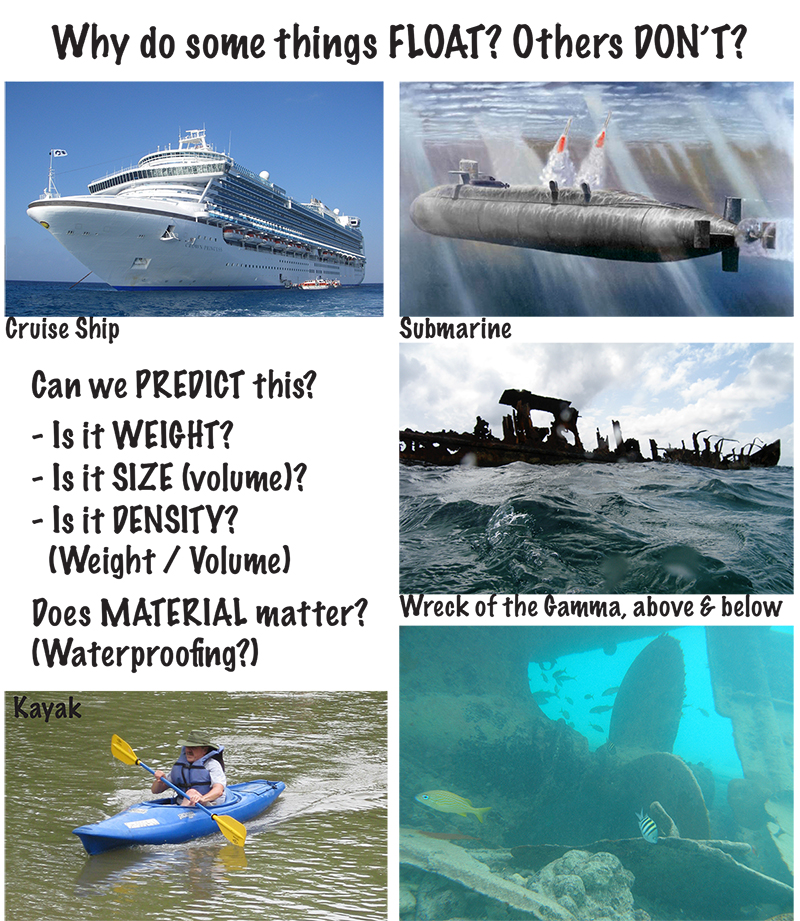
cardboard boat (book 2 experiment)
Why do some things float, and others don’t?
If we can figure out a predictor for why some things float and others don’t (using hypothesis testing), then we can build a simple math model that will allow us to design a boat to carry a specific amount of weight … and maybe come up with a different solution, like a surfboat!
Join me for this fun series of videos that teaches problem-solving skills using hypothesis testing.
Maybe you can design and build your own cardboard boat! Check out my cardboard boat page to see videos of a real cardboard boat race, plus a video of my golden retriever, Harry, “surfing” in the ocean!
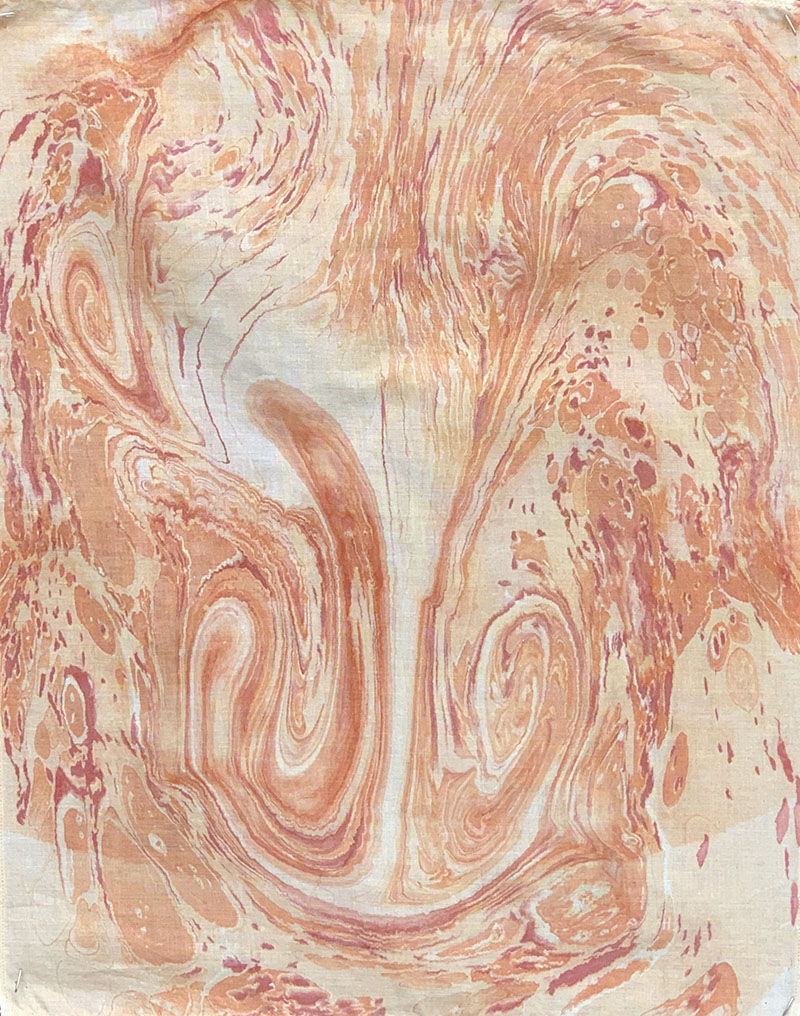
butterfly flight (book 3 experiment)
Did you know that flying for birds and butterflies is a lot like swimming for us?
In my original experiment, I used a fabric marbling process to simulate a 2D “wind tunnel” to take a print of the flow field that develops around a simulated butterfly’s clap and fling take-off. In this print (left), you can see the two vortexes that form and are shed underneath the butterfly’s wings, generating a high pressure pocket that creates instant lift.
In this modified experiment, we simulate a “wind tunnel” using milk, some pudding mix, and food coloring. You can also decorate some desserts with this technique! (Or puddings!) I have a short video that shows how to use chocolate syrup on top of vanilla pudding and a toothpick to make beautiful designs, like they use on the top of the Napoleon dessert!
There’s also a few butterfly and hummingbird videos on this page! Plus a black swallowtail emergence, a monarch pupation, emergence, and first flight!
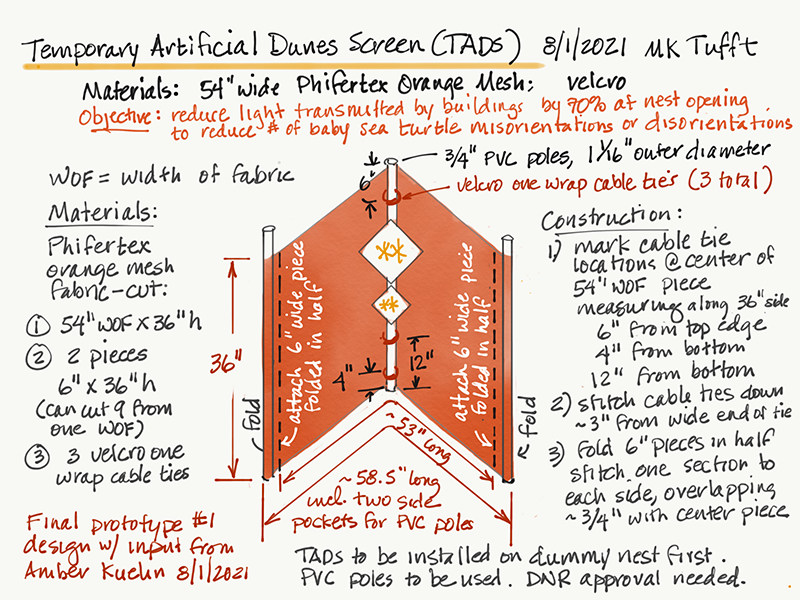
The Sea Turtle Project (book 4, coming soon) - rapid prototyping
As part of my research for Book 4, I helped solve a real problem… reducing the number of baby sea turtle misorientations due to artificial lighting visible on the beach. My prototype is saving baby sea turtle lives on Hilton Head this season!
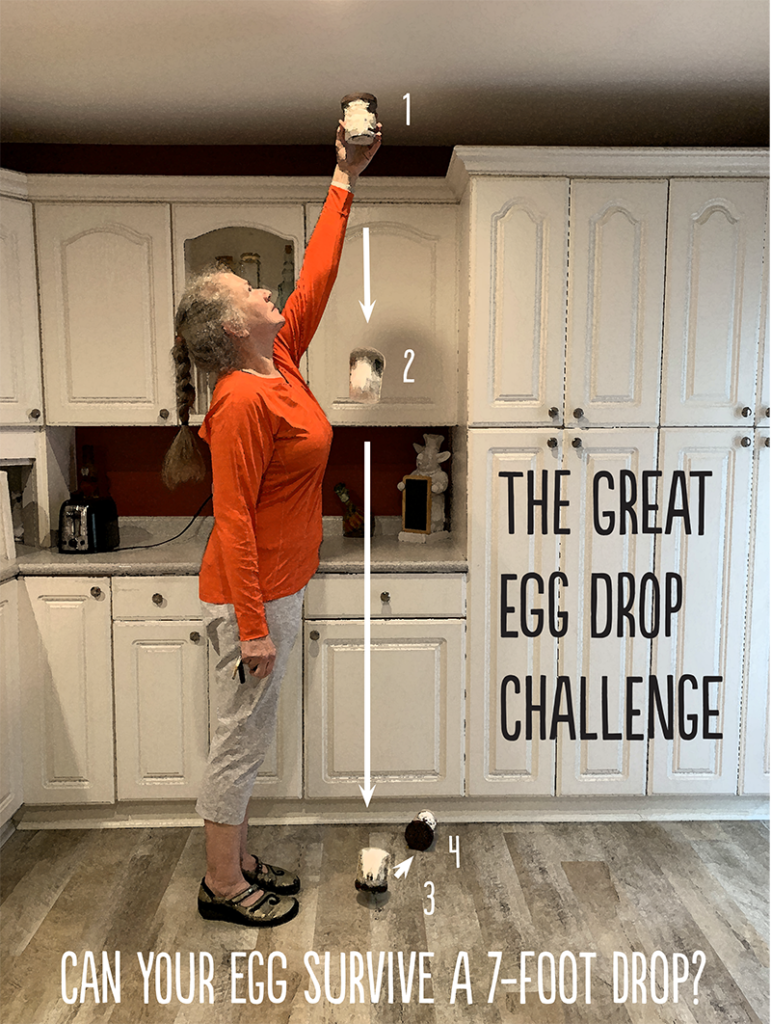
egg drop
The Great Egg Drop Challenge, a favorite experiment, can be done on many levels. My experiment includes the science behind it, so you can actually think about your design and how to improve it. I also validate an alternate crash test dummy… to save those eggs!
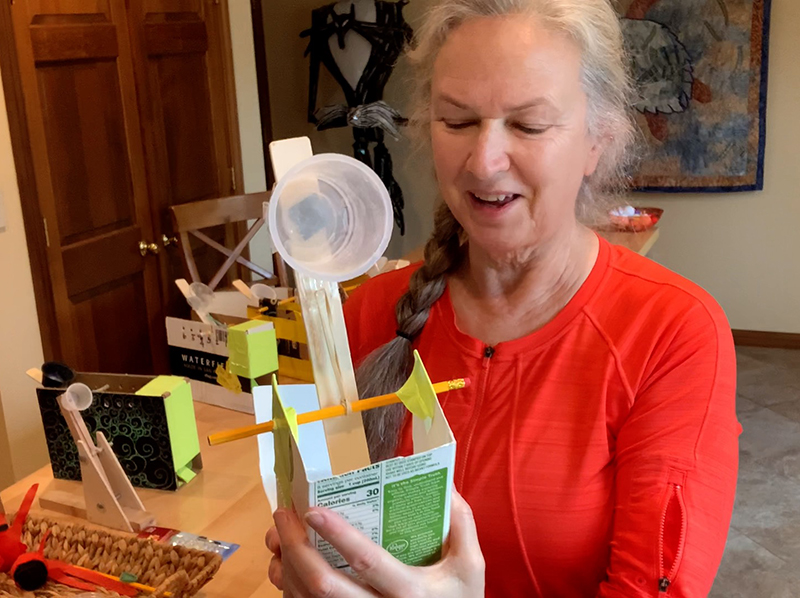
catapults
Catapults are great for learning about energy transfer. In this experiment, I show you how to build your own catapult from cardboard (or even a milk carton!), duct tape, a wood paint stir stick, a rubber band, pencil, and a condiment up.
Again, I get into the science, and make a game of it. I also show how to plot up some of that data to predict what’s going to happen… so you can figure out how to refine your range to hit that target!

2020 STEM Camp Experiments
In 2020, Girl Scout Summer Camp went virtual. This is a listing of the 9 experiments GE volunteers led, with links to the experiment videos, or separate experiment pages!
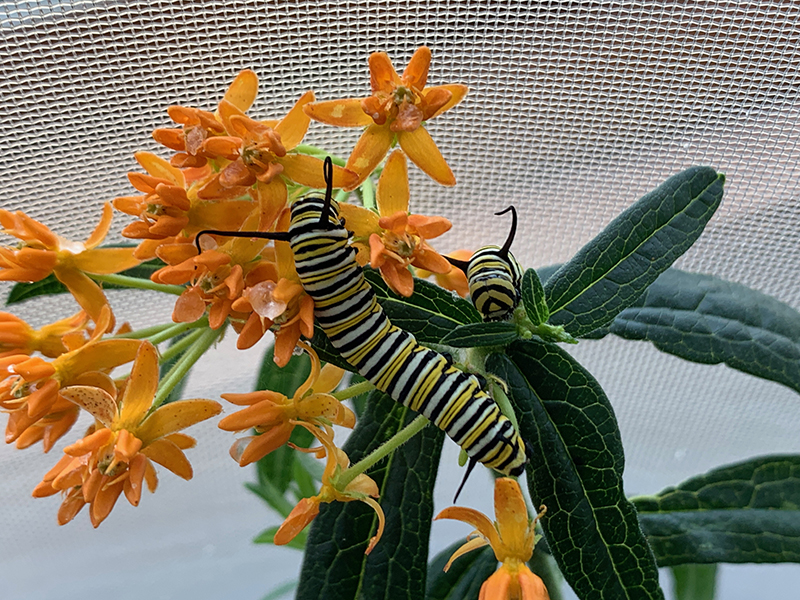
The Monarch Twins
2020 was a record year for me and butterflies, and it all began with my first two monarch caterpillars in July. I watched the mother lay eggs on my butterfly weed, then took pictures of them as they grew… capturing those magical moments of metamorphosis in digital photos and video!
I’ve got everything from the mother laying the eggs, cute caterpillar shots, pupation video, emergence video, to the first flights of Elizabeth I and Elizabeth II (my two female monarchs)!
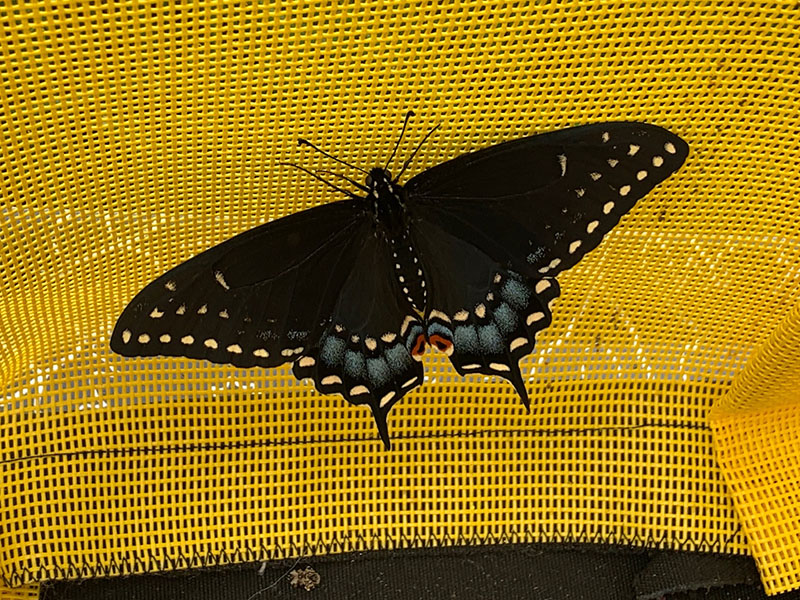
2021 butterflies
2021 kicked off with the emergence of 4 black swallowtails that I’d overwintered in our house.
I had a few challenging releases… too cold, or too rainy, where I had to use one of my emerging cases to safely house the butterfly overnight until I could release her in better conditions! I had 3 Ginger’s (females) and 1 Fred (male). A couple of the videos show me using the emerging case I designed and featured in Book 2, The Cardboard Boat Race. You can find the schematic on the Putney’s Projects page!
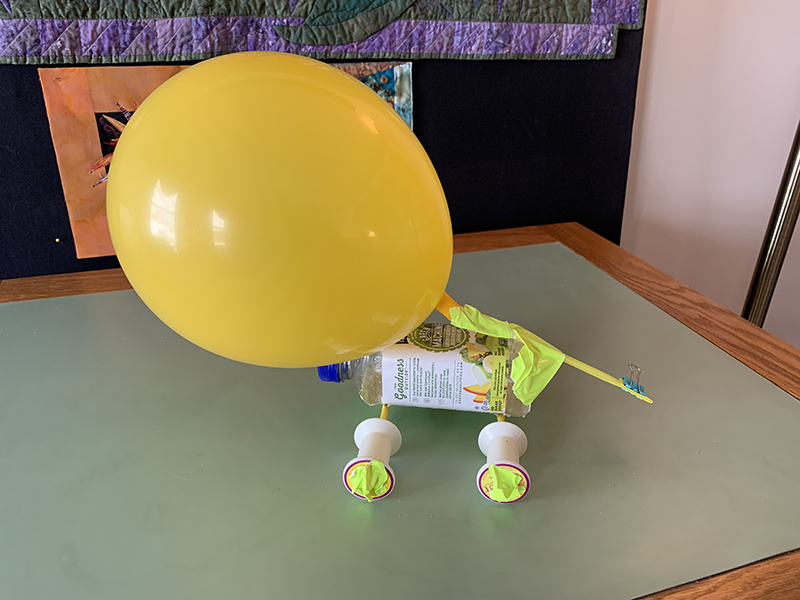
Girl Scouts Think Like An Engineer Projects
The Girl Scouts have some amazing new “Think Like An Engineer Badges” … but some of the troop leaders weren’t so confident in leading those experiments. In addition to doing some Zoom training for the experiments, I developed this web page with some additional resources for the experiments featured in the Think Like An Engineer badges for Girl Scouts of Western Ohio.
This page is password protected… it’s for Girl Scouts only!
plant it and they will come
A guide to rearing butterflies and (maybe) observing the magical moments of metamorphosis
Looking for a magical summer hobby? Try your hand at rearing butterflies. This guide will walk you through how to choose a butterfly, identify its larval plant foods, and some good nectar plants.
To raise caterpillars, you’ll also want something to use as an emerging case–to keep your caterpillars safe, and your butterflies after they emerge, so you can safely release them outside. A pop-up laundry basket with a lid works well. Or, you can make your own (see my Design Gallery page for some photos of my portable emerging case).
Keep a journal to record your observations… it will help you play detective as you figure out when your caterpillars are going to pupate, and when your butterflies are going to emerge from their chrysalises. That’s really helpful if you want to try and witness the events live, and maybe even take some photos of your own!
Don’t worry if you don’t get everything right the first time around. That’s part of the fun and magic of raising butterflies. I hope you have as much fun as I do with these beautiful creatures of summer!
material selection for a butterfly wing design
Have you ever watched a butterfly emerge from its chrysalis, expand its wings, and take first flight? Well, I did while working on my Ph.D. in materials engineering from the University of Dayton in 1993. And I took notes, measurements, and rolls of film, capturing the events.
Witnessing those magical moments through the eyes of an engineer was amazing–wing expansion of roughly 330% in 5 minutes. Wings hardening and ready for first flight in 1-3 hours. I wanted to learn more. When I had to do a paper for my Materials Selection course, I explained what I wanted to do and why to my professor. He encouraged me, pointing me in the direction of journals that studied insect flight. I even took my own flight photos.
What follows is a bit of a tonge-in-cheek paper, exploring butterfly structure, life cycle, palatability and defense mechanisms, larval food sources, and flight characteristics… and trying to build a spec for what a butterfly wing needs to accomplish, and the restrictions based on natural resources available to the butterfly. It’s an attempt to understand these magical creatures through science and engineering. My apologies… it was done as a graduate engineering paper, so it may be more appropriate for high school students than middle-grade students. But I wanted to share the original paper with you… more experiments coming… including the marbling bath/flight tunnel which I did later.
airfoils everywhere
Join me for two experiments with flight that take their inspiration from nature!
In the first experiment, we’ll make a paper whirligig to simulate the flight of a maple seed as it catches the wind while it falls to the the earth. We’ll test a couple different paper weights first. Does the stiffer / heavier paper float the longest?
Then, if you’re adventurous, we’ll test a couple different wing configurations. Any other tweaks you can think of?
In this second experiment, we relate swimming to flapping flight, then learn how the Wright Brothers solved the problem of controlled flight!
Then we make a simple paper airplane, test it, and fly it. Try cutting flaps in the rear of the wing and bending one up. What happens?
want to be notified of putney's next experiment?
Join the Putney Hicks Inventors Club and receive three starter experiments plus my STEM Passport!
Plus – get notified of new experiments and books!

